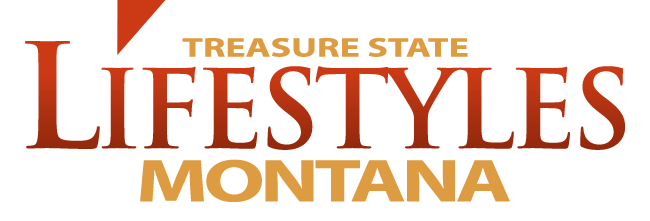Light is a universal symbol, used by people of all colors, cultures, and faiths as a metaphor for hope. Candles are lit each day of Hanukkah to commemorate the Jewish rebellion and the miracle that took place during the rededication of the Second Temple. In pre-Christian Scandinavia, the Germanic peoples lit Yule logs to summon the sun’s return and drive away evil spirits. For centuries, pagans have gathered at Stonehenge during the Winter Solstice to keep fires lit through the night and to sing as the sun crests the horizon at dawn.
When it comes to Christian traditions, light appears regularly as a symbol of hope, starting in the opening chapter of the Bible. (“Then God said, ‘Let there be light’; and there was light. And God saw that the light was good.”) At Christmas, vigils are held, luminaries are placed along sidewalks, and homes are adorned with twinkling lights.
The use of Christmas lights as decoration first became popular in the mid-19th Century, after Queen Victoria and her family were pictured in the London News around a candlelit tree. In 1880, Thomas Edison created the first “Christmas lights,” and in 1895, Grover Cleveland became the first president to have an electrically-lit Christmas tree in the White House. After that, a craze swept the nation.
Today, light is everywhere at the holidays—on rooftops and trees, in fireplaces, and on mantles. The miracles of fire and electricity are everyday phenomena to us, but during the holidays, we are reminded of their splendor.
Whatever your beliefs, whatever your traditions, may you find hope in the light this holiday season.


